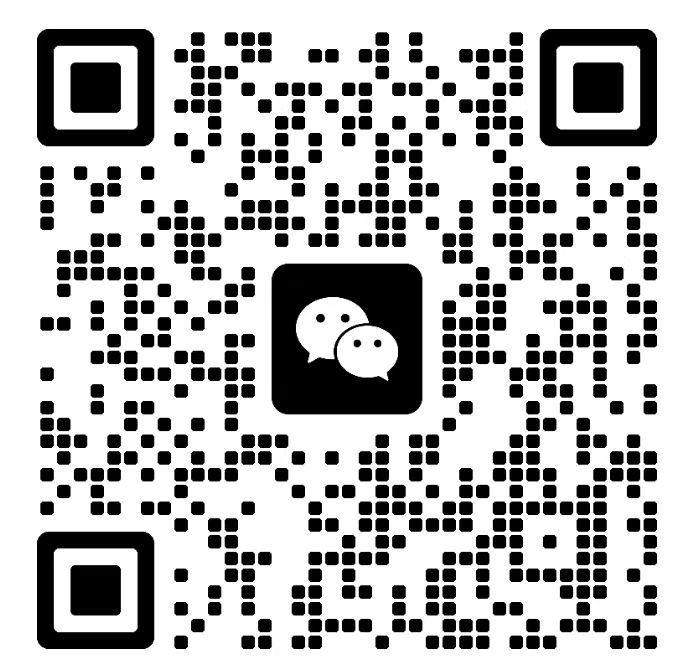The intelligent monitoring function of low voltage switchgear provides the possibility of real-time grasp of circuit operation status for circuit status management. It can continuously monitor key parameters such as voltage, current, power, etc. in the circuit, and present this information to managers in an intuitive way. Whether the circuit is in normal operation or abnormal fluctuations occur, managers can understand it in time through the monitoring interface, without having to rely on regular inspections or manual data transcription, so that the control of circuit status can be transformed from passive waiting to active perception, laying the foundation for efficient management.
In terms of fault warning, the intelligent monitoring function shows significant advantages. Potential faults in the circuit are often accompanied by subtle changes in parameters, such as unstable fluctuations in current and abnormal temperature increases. The intelligent monitoring function can capture these subtle changes and issue early warning signals through preset judgment logic. After receiving the early warning, managers can take targeted measures before the fault actually occurs to avoid power outages or damage to the low voltage switchgear caused by the expansion of the fault, so that circuit status management can be turned from post-processing to pre-prevention, greatly reducing the losses caused by the fault.
For the dynamic management of circuit loads, the intelligent monitoring function provides precise support. It can track the load conditions of each line in real time, and clearly show which lines are overloaded and which are under light load. Based on these data, managers can adjust load distribution in time, transfer excessive loads to light-loaded lines, and avoid accelerated aging of some lines due to long-term overload. This dynamic adjustment keeps the circuit load within a reasonable range, improves the stability and economy of circuit operation, and extends the service life of low-voltage switchgear.
The intelligent monitoring function can also simplify the analysis and evaluation process of circuit status. In traditional circuit management, analyzing the circuit operation status requires collecting a large amount of scattered data, and then manually sorting and calculating, which is not only time-consuming but also prone to errors. The intelligent monitoring function will automatically summarize and analyze the monitored data and generate various operation reports, such as energy consumption analysis and fault statistics. These reports intuitively reflect the overall operation trend and existing problems of the circuit, allowing managers to quickly grasp the essence of the circuit status and make scientific management decisions.
In a circuit system with multiple low-voltage switchgears running in coordination, the intelligent monitoring function promotes the coordination of management. It can centrally monitor the operation status of multiple low-voltage switchgears to achieve information sharing and linkage. When a problem occurs in a circuit in a certain area, managers can quickly understand the impact of the problem on circuits in other areas through the monitoring system and coordinate the treatment plan. This global monitoring avoids the isolation of each low voltage switchgear management, makes the state management of the entire circuit system more coordinated and unified, and improves the system's ability to cope with complex situations.
Its ability to store and trace historical data provides a basis for long-term management of circuit status. The intelligent monitoring function automatically records the operating data of the circuit, including parameter changes under normal conditions and detailed information when a fault occurs. Managers can access these historical data at any time, analyze the changing rules of the circuit state, and summarize the causes and frequencies of faults. Based on these analysis results, the design and maintenance plans of the circuit can be optimized, the level of circuit state management can be gradually improved, and the transformation from experience management to data-driven management can be achieved.
In addition, the remote management supported by the intelligent monitoring function breaks the spatial limitations of circuit state management. Managers do not have to visit the low voltage switchgear site in person, but can access the monitoring system through the network to view the circuit status, receive warning information, and even remotely operate some control functions. This remote management capability is particularly important in scenarios where the circuit is widely distributed and the environment is complex, allowing managers to respond to circuit problems in remote areas in a timely manner, reduce management delays caused by long distances, and ensure that the status of the entire circuit system can be managed in a timely and effective manner.


